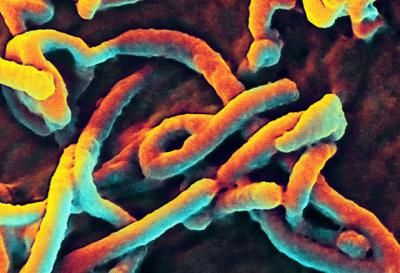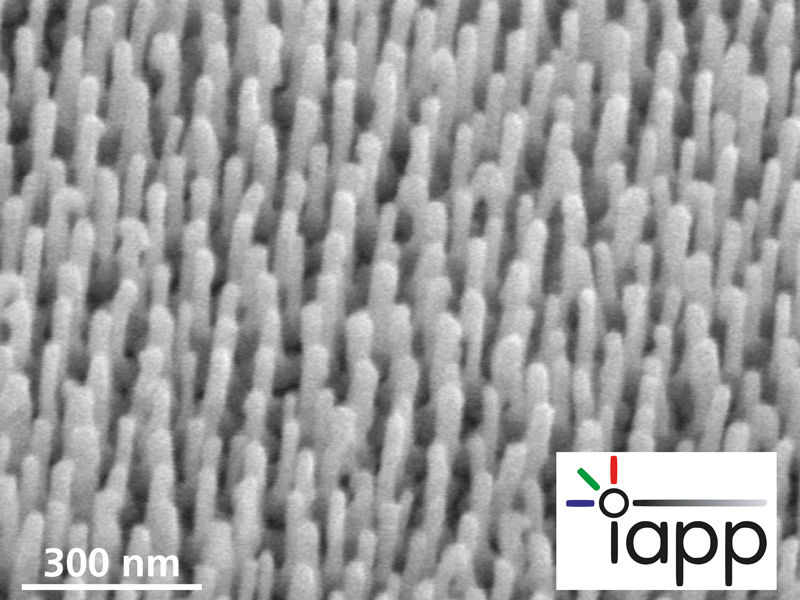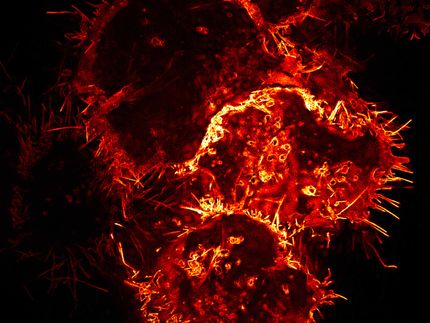Rapid and durable protection against ebola virus with new vaccine regimens
NIH scientists and collaborators report positive results in monkeys
One shot of an experimental vaccine made from two Ebola virus gene segments incorporated into a chimpanzee cold virus vector (called chimp adenovirus type 3 or ChAd3) protected all four macaque monkeys exposed to high levels of Ebola virus 5 weeks after inoculation, report National Institutes of Health (NIH) scientists and their collaborators. The ability of the ChAd3 Ebola virus vaccine to elicit rapid protection in monkeys is notable as the world health community battles an ongoing Ebola virus disease outbreak in West Africa. While the protective effects of the single shot waned over time, two out of four inoculated animals were protected when challenged with Ebola virus 10 months after vaccination.

This image shows a scanning electron micrograph of Ebola virus budding from a cell (African green monkey kidney epithelial cell line).
NIAID
The research team, headed by Nancy J. Sullivan, Ph.D., of the National Institute of Allergy and Infectious Diseases Vaccine Research Center, also demonstrated increased levels of durable protection using an additional vaccine. They inoculated four macaques first with the ChAd3 Ebola vaccine, then 8 weeks later with a booster vaccine containing Ebola virus gene segments incorporated into a different vector (a poxvirus). Ten months after the initial inoculation, four out of four animals that received both shots were fully protected from infection with high doses of Ebola virus, demonstrating that the prime-boost regimen resulted in durable protection.
Original publication
Other news from the department science

Get the life science industry in your inbox
By submitting this form you agree that LUMITOS AG will send you the newsletter(s) selected above by email. Your data will not be passed on to third parties. Your data will be stored and processed in accordance with our data protection regulations. LUMITOS may contact you by email for the purpose of advertising or market and opinion surveys. You can revoke your consent at any time without giving reasons to LUMITOS AG, Ernst-Augustin-Str. 2, 12489 Berlin, Germany or by e-mail at revoke@lumitos.com with effect for the future. In addition, each email contains a link to unsubscribe from the corresponding newsletter.
More news from our other portals
Last viewed contents
Scientists identify gene required for recovery from bacterial infection
Start of a worldwide scientific competition for bioprocesses
Lorenzo's_oil
Isotechnika Inc. completes critical study
Changing stem cell structure may help fight obesity






















































